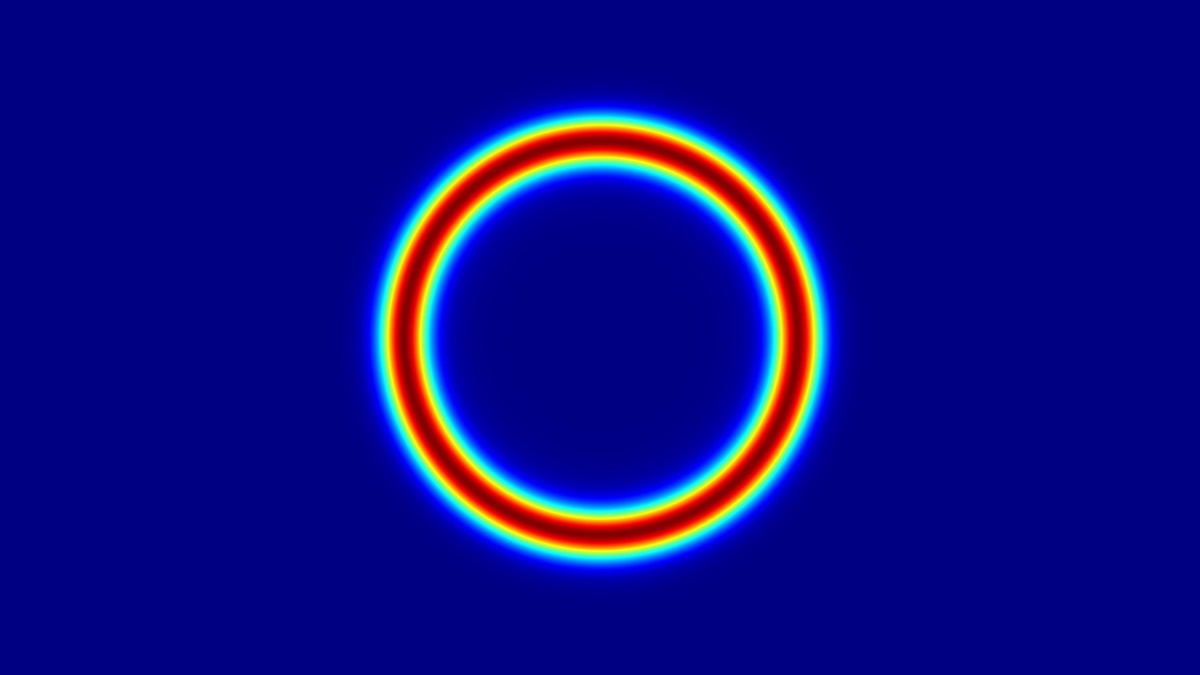
Diffractive Optical Elements, or simply DOEs, are flat optical components that perform complex operations on coherent light beams. The main feature of these components is that they fully harness the wave nature of light, as their name implies. In fact, diffraction is defined as wave interference among many small waves which originate when an input wave encounters an obstacle.
A DOE consists of an array of discrete modulation elements or pixels that can either obstruct or delay a corresponding portion of an incoming beam. What is actually meant by delay is the introduction of a path difference of that beam zone with respect to other parts of the beam in the surrounding pixels. In this manner, a portion of the light undergoes a phase transformation encoded in the DOE, and the reniderbecomes the so-called “zeroth order”, also referred to as the un-diffracted light. With a purely phase element the zeroth order can in theory be fully suppressed. The path differences encoded in the DOE, when designed correctly, can generate a variety of different optical functions at the output.
To construct a Diffractive Optical Element comprising only phase elements, the different pixels are embossed on a transparent material like plastic or glass. Each pixel can have a different height from the neighbouring elements. The height on the pixel is directly proportional to the phase delay that will be imparted to the beam so in theory any phase value can be reproduced. There are, however, manufacturing constraints that need to be considered that impose that the available phase values must be discretized. It is customary that the phase values are in powers of two in accordance with the embossing method that applies only two different heights at each step. For this reason, DOEs were also known as binary optics.
There is a third name to refer to DOEs which is more related to the computation and optimization of the discrete array needed to obtain the desired transformation on the input beam. This other name is Computer Generared Holograms, or CGHs. Hence, following the principle of holography, a DOE can be regarded as the interference pattern arising from a reference flat wave and the scattered light from the target object. The stark difference from conventional holography is that the object may not exist physically at all.